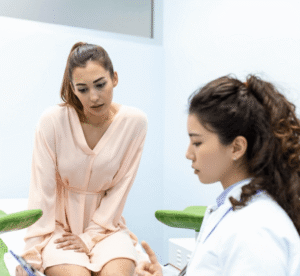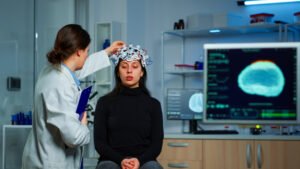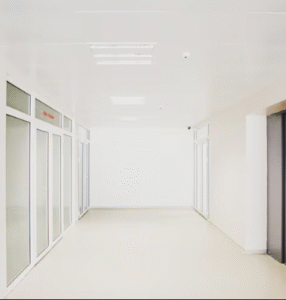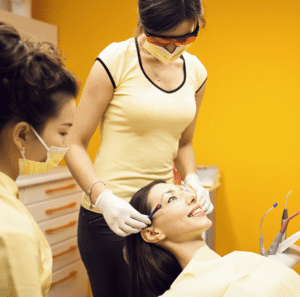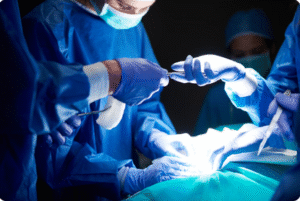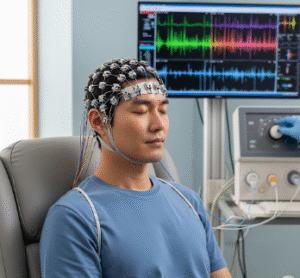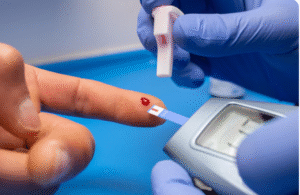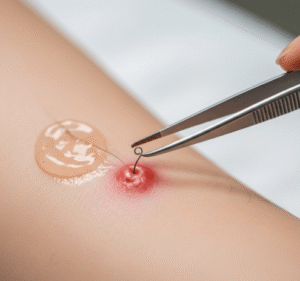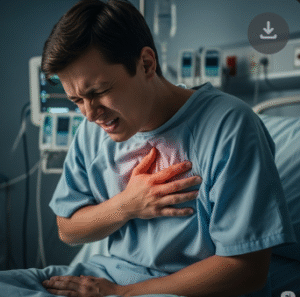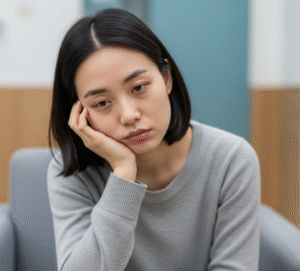Facial Redness Treatment in Korea is a highly advanced and customized approach to managing persistent redness, flushing, broken capillaries, rosacea, and post-inflammatory erythema. Redness can occur for many reasons—genetic predisposition, sun damage, acne, sensitive skin, or vascular conditions—and while makeup can temporarily conceal it, long-term solutions require professional care.
Korea, globally known for its dermatology expertise and innovative technology, offers a wide variety of treatments to reduce redness, strengthen skin, and restore balance. Clinics use advanced devices such as vascular lasers (Vbeam PDL, long-pulsed Nd:YAG, KTP lasers), IPL/BBL light therapy, calming facials, and K-beauty regimens. Combined with holistic aftercare, these treatments help patients achieve the signature clear, calm, and radiant Korean complexion.
What It Is
Facial redness treatment involves therapies that target:
- Dilated blood vessels causing visible capillaries.
- Chronic flushing and inflammation from rosacea or sensitive skin.
- Post-acne redness that lingers even after pimples heal.
- Sun-induced vascular damage leading to spider veins and erythema.
Korean dermatologists focus on:
- Vascular lasers → Collapse abnormal vessels.
- Phototherapy (IPL/BBL) → Treat both redness and pigmentation.
- Soothing skincare protocols → Strengthen the barrier and reduce sensitivity.
- Lifestyle guidance → Prevent triggers that worsen redness.
Why It’s Done
Patients seek facial redness treatment in Korea for:
- Aesthetic reasons → Clearer, more even-toned skin without constant redness.
- Medical reasons → Rosacea, vascular malformations, or chronic sensitivity.
- Psychological well-being → Redness can cause embarrassment or low confidence.
- Cultural ideals → Smooth, luminous skin free of redness aligns with K-beauty standards.
Since redness often worsens over time, early intervention is emphasized in Korean dermatology.
Alternatives
If vascular lasers are not the first choice, Korean clinics offer alternatives such as:
- IPL/BBL photofacials → Broader light treatment for redness and pigmentation.
- LED light therapy → Blue and red light reduce inflammation and support healing.
- Topical medications → Metronidazole or azelaic acid for rosacea-related redness.
- Soothing facials → Centella asiatica, green tea, and peptide-infused calming masks.
- Oral medications → Doxycycline for papulopustular rosacea cases.
- K-beauty skincare → Niacinamide, panthenol, and ceramides for long-term barrier strengthening.
Preparation
Preparation before treatment in Korea includes:
- Consultation → A dermatologist performs a skin analysis using imaging tools.
- Trigger assessment → Identifying lifestyle or dietary triggers that worsen redness.
- Pre-care → Stop retinoids, exfoliants, and harsh skincare before treatment.
- Barrier support → Moisturizers and sunscreens recommended for at least 1–2 weeks before starting.
How It’s Done
A facial redness treatment session in Korea can vary depending on the chosen therapy, but typically follows this structure:
- Cleansing – Makeup and impurities are removed.
- Numbing cream (if laser) – Applied for comfort.
- Treatment –
- Vascular lasers (Vbeam, Nd:YAG, KTP) → Target blood vessels and redness.
- IPL/BBL photofacial → Pulses of broad-spectrum light reduce redness.
- LED therapy → Calms inflammation.
- Post-care – Cooling masks, hydration serums, and soothing ampoules.
- Final step – Application of sunscreen before leaving the clinic.
Sessions last 20–40 minutes, with most patients requiring 3–5 treatments for long-term results.
Recovery
Recovery is generally mild:
- Immediately after → Temporary redness, mild swelling, or warmth.
- 1–3 days later → Vessels may appear darker before disappearing.
- 1–2 weeks later → Noticeable reduction in redness and more even skin tone.
Korean clinics enhance healing with hydrating facials, calming sheet masks, and antioxidant aftercare. Patients are instructed to use SPF 50+ sunscreen daily and avoid extreme heat (saunas, hot baths) right after treatments.
Complications
Facial redness treatment in Korea is safe, but possible side effects include:
- Temporary redness or swelling.
- Mild bruising or purpura after PDL treatments.
- Hyperpigmentation or hypopigmentation if sun protection is ignored.
- Rare blistering if aggressive laser settings are used.
Korean dermatologists minimize risks by:
- Using low-fluence, multi-session protocols.
- Incorporating cooling systems during treatment.
- Providing detailed aftercare guidelines.
Treatment Options
Korean clinics offer a wide range of facial redness treatment programs:
- Rosacea control packages → Vbeam or Nd:YAG laser sessions.
- Broken capillary programs → Laser targeting for visible facial veins.
- Post-acne redness programs → Combination of vascular laser and calming facials.
- Brightening + redness control → IPL/BBL photofacials plus whitening ampoules.
- Comprehensive skin packages → Redness treatment plus Aqua Peel, Hydrafacial, or anti-aging care.
Seoul’s dermatology hubs, especially in Gangnam, offer multi-session deals that make treatments both accessible and cost-effective for locals and international patients.
Conclusion
Facial Redness Treatment in Korea is one of the most advanced and effective ways to manage chronic redness, rosacea, broken capillaries, and post-inflammatory erythema. With the use of vascular lasers, light therapy, calming skincare, and holistic aftercare, Korean clinics deliver safe, long-lasting, and natural-looking results.
The country’s approach combines precision medical technology with K-beauty’s emphasis on barrier repair and prevention, making Korea a global leader in redness management. For patients struggling with sensitive, red, or uneven-toned skin, facial redness treatments in Korea provide a proven pathway to clarity, calmness, and confidence.



